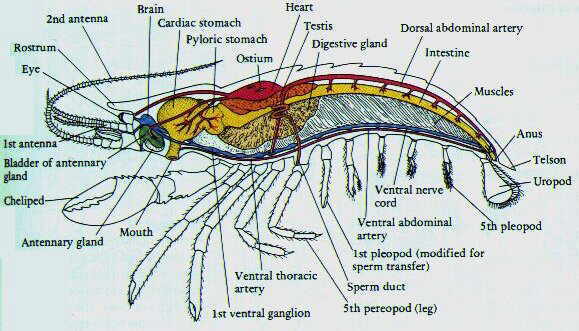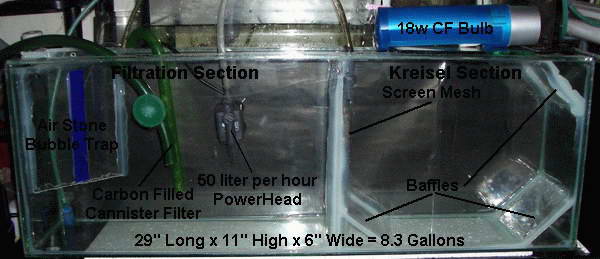Commonly Kept Shrimp Species
- A very well put together article detailing a
great many shrimp speices.
Shrimp Profiles -
Resources where you can learn all about the identification,
care of and breeding of marine shrimp species.
Mantis Shrimp -
From identifications to aquarium suitability, a very indepth
site.










